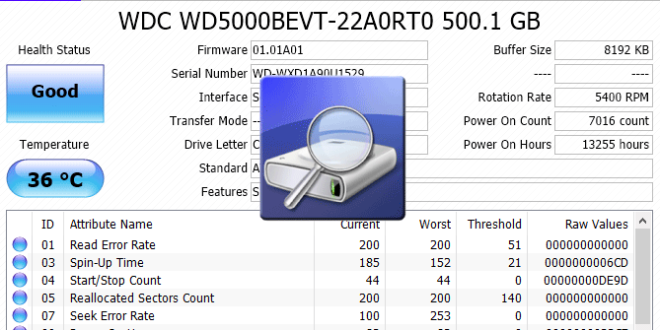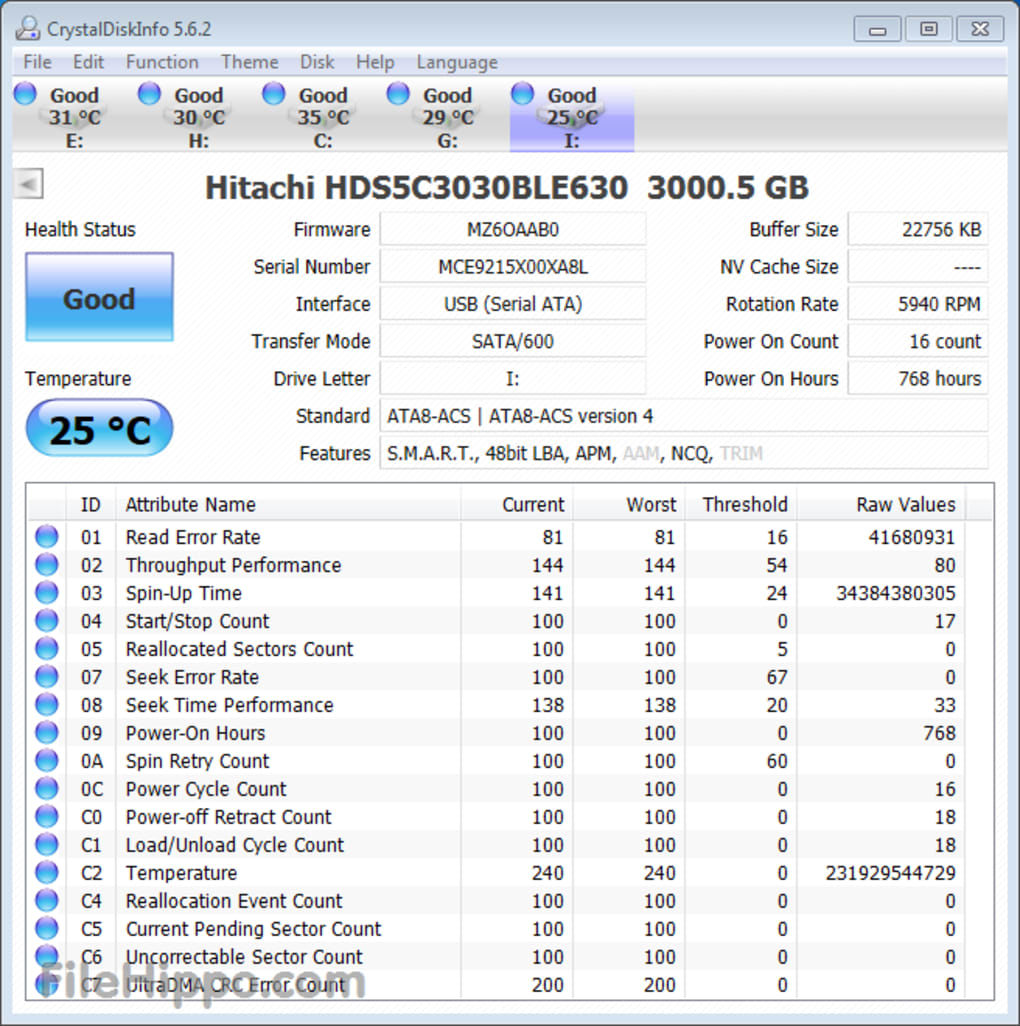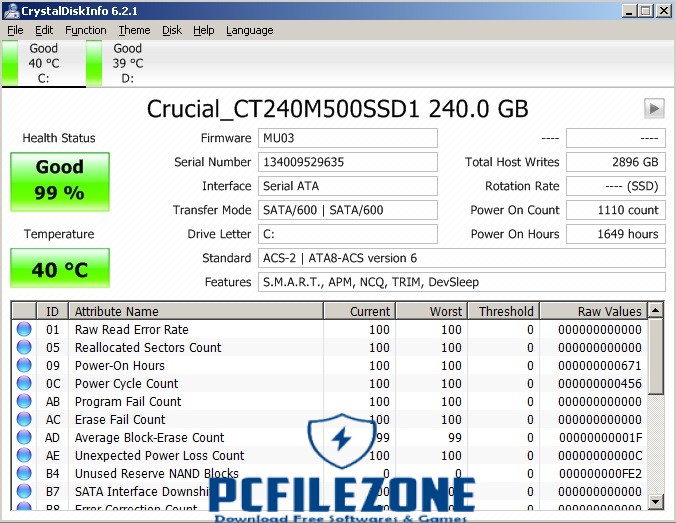
And lastly, it had to be capable of sending email notifications about problems. It had to be something that a non-technical person could open and immediately see if their hard drive was OK or not without having to sift through a bunch of technical jargon or statistics. It also had to be free from annoying pop-up advertisements. When testing we evaluated the software based on several criteria. We read a lot of reviews and tested a lot of these utilities.

The good news is that there are quite a few free utilities that you can install that will tell you about the health of your hard drive based on S.M.A.R.T. So even though this technology can be used to prevent hard drive crashes, it’s largely ignored by Windows and thus, this technology is not taken advantage of and doesn’t benefit most people. The only problem with this technology is that Windows doesn’t really monitor S.M.A.R.T. These statistics can be used to detect when the drive has a problem and can often allow you to replace a drive BEFORE it fails and you lose all of your data. What it really means is that the drive connects statistics about itself. stands for Self-Monitoring, Analysis and Reporting Technology.


So you have to keep an eye on your hard drive which contains documents, email info and other personal info. For any user using computer, whether it is for business or for home, the valuable data stored in your hard drive.


 0 kommentar(er)
0 kommentar(er)
